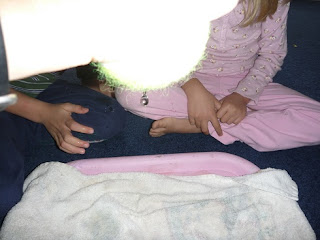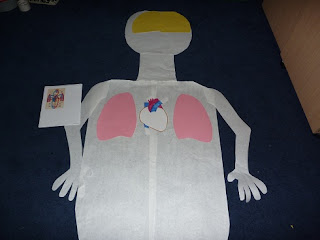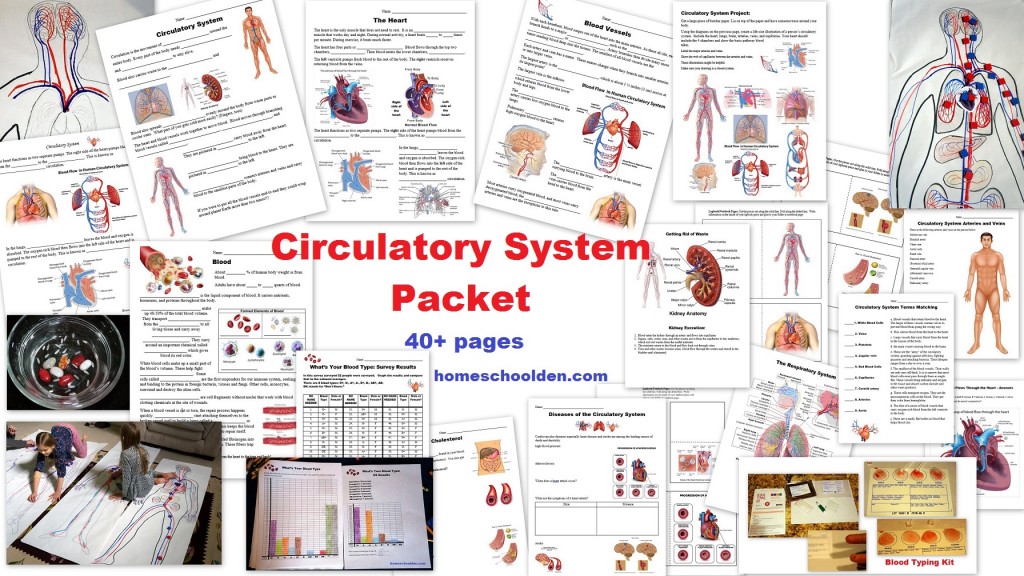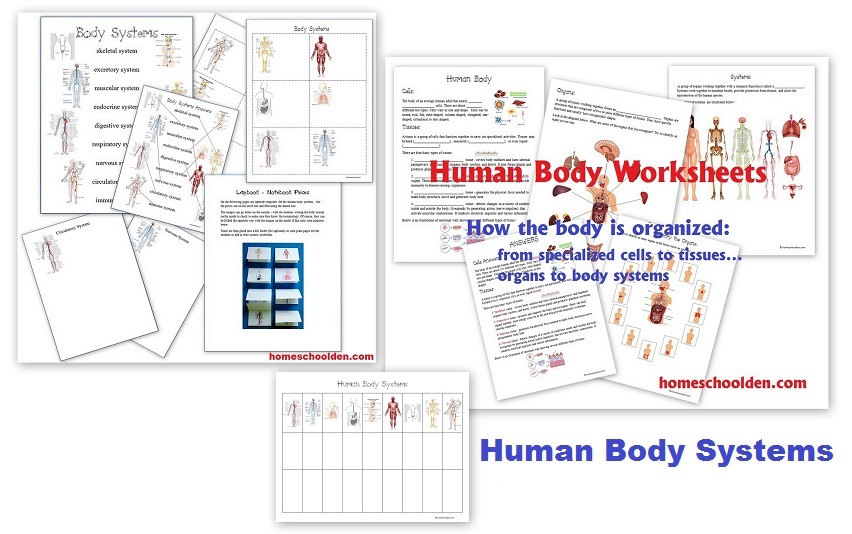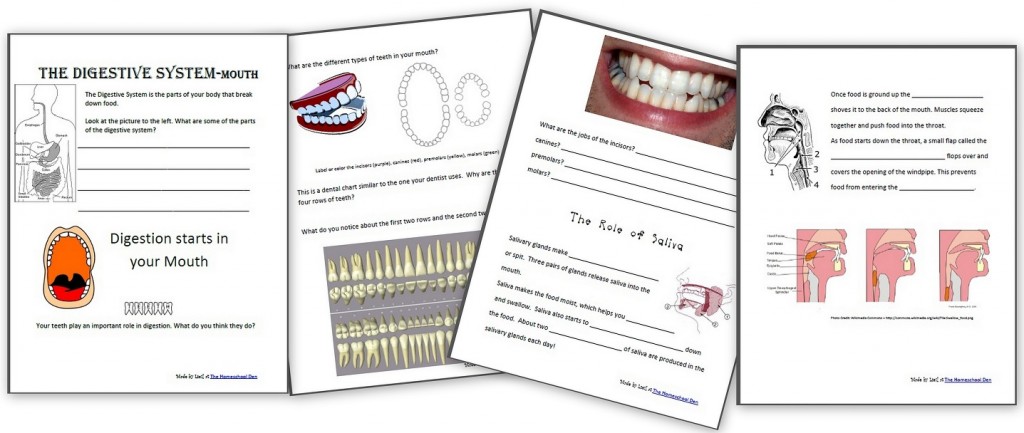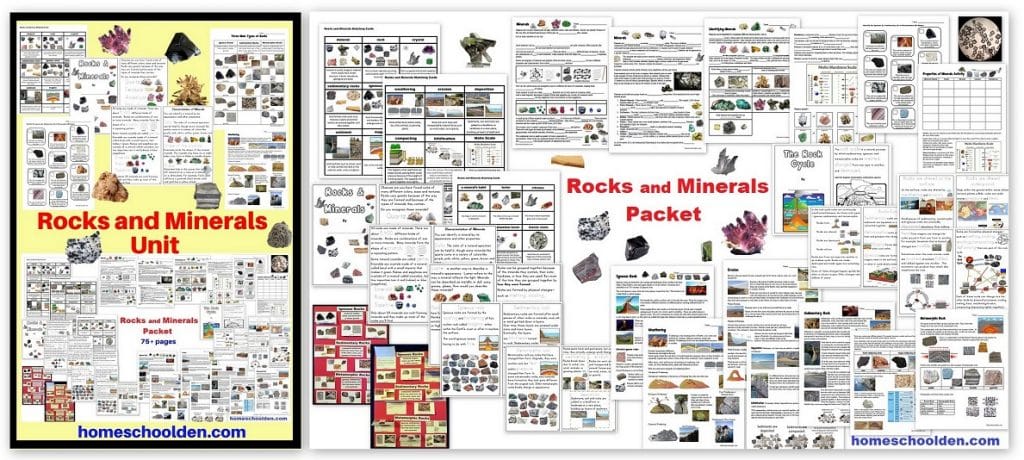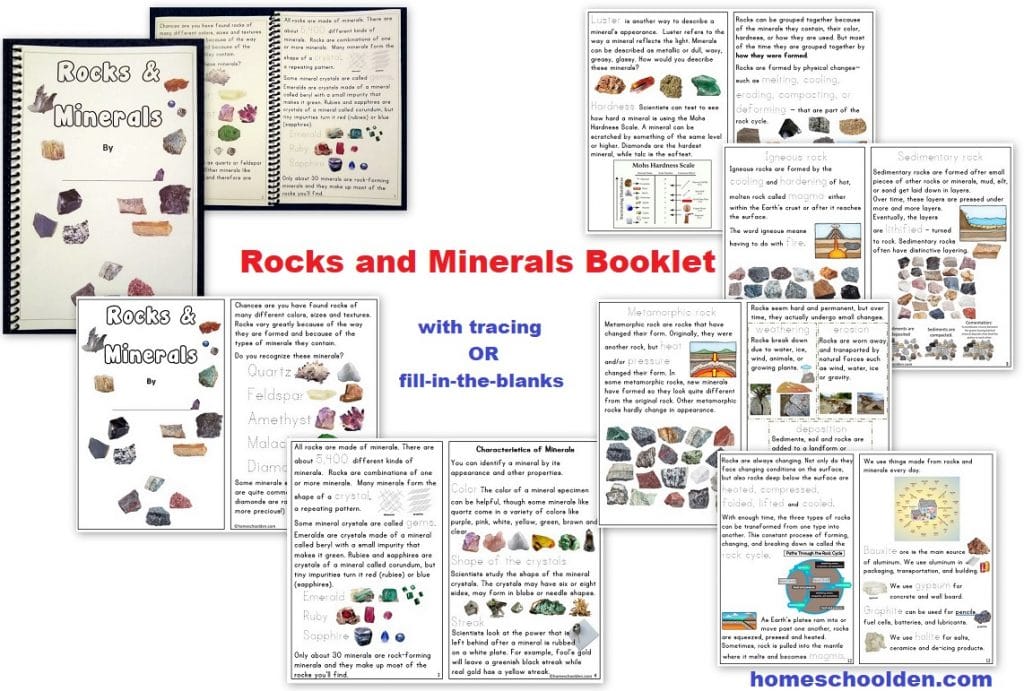Human Body System – Heart and Circulatory System Activities
I created a hands-on activity for the kids for learning about the circulatory system and the exchange of oxygen. Below you’ll find out more about our circulatory system activities:
Our study of the heart and circulatory system started with a listen to our own heartbeats. We measured our heart rates when resting and after walking, running and skipping. Then using a graph put out by Texas heart institute (4th grade curriculum, p. 25 – no longer available), we graphed our results.
Heart as a Pump:
We did this experiment: When your heart beats it acts like a tennis ball filled with water. The heart muscle squeezes blood out of its way. Between beats it goes back to its original shape. The human heart creates enough pressure to squirt blood 30 feet. The kids had a tough time actually squeezing the tennis ball, but they got the idea.
Our bodies have 5.6 liters of blood. We measured that out in a big pot:
This is how Harold looked before we started. I named him to pique the kids’ interest!
We sat down together and I explained how blood that has no oxygen heads to the heart and into the lungs. There is picks up oxygen (I said it more along the lines of “OH MY GET ME SOME OXYGEN QUIIIiiiiiCK!”). Then I drew the lines in red showing how the oxygenated blood heads back to the heart and then gets squeezed out to the body. I showed how some blood travels to the brain, some to the arms, fingers, legs, toes, etc. etc.) The blood drops off oxygen and then returns in veins (blue lines) back to the heart where it is sent off to the lungs to pick up more oxygen.
After we drew the lines — arteries and veins — together, I got two tiles. I put the blue tile on top and the red tile on the bottom. I traveled from the heart as a blue tile (with red underneath) to the lungs where I flipped over and became the red sided tile. Then I ‘drove’ my red tile back through the heart and out into the body. I decided to go to the brain to drop of oxygen where I flipped my red tile back to blue. The blue tile traveled along the blue veins back to the heart and then to the lungs.
After we all took a number of turns doing that, we piled blue/red or red/blue tiles all over Harold’s body to show the path of blood.
I searched everywhere for a heart-circulatory activity and never found one… but this activity that somehow jumped into my head turned out to be a HUGE hit in our house!! The kids even spent a long time “teaching” Dad what they had learned!
One last picture of this activity:
Heart and Circulatory Activity
Blood Activity:
Another day we learned a bit more about blood. We cut open a chicken leg bone (before baking it for lunch) and examined the bone marrow. We had read in one of our books that bone marrow is where blood cells are formed. We took a close look at the bone marrow, poked and prodded.
Then we “made” our own blood. The types of cells made in bone marrow include red cells, white cells and platelets. We talked again about the basic function of these cells.
- the fluid is called plasma (corn syrup)
- red cells carry the oxygen (red jelly beans)
- white cells fight infection (white jelly beans)
- platelets help to clot and form scabs (rice)
- Creating a Homeschool Science Curriculum (Elementary): Science topics to cover, choosing and preparing for units and more.
- Human Body Systems: (50+ pages)
- Human Body Unit: Heart and Circulatory System Activities
- Human Body Unit: The Human Hand
- Human Body Unit: The Brain
- Human Body Egg-speriment: Protect that Brain!
- Human Body: Skeletal System
- Meet Vertebrae Man: Our Hands on Study of the Backbone and Nervous System
- Digestive System: It All Starts in the Mouth:
- Choking, An Important Lesson for the Kids – A lesson about swallowing, the epiglottis and performing abdominal thrusts. Make your own (moveable) epiglottis with the printout to show how food is prevented from entering the windpipe:
- Digestive System: Hands-on Activities — Esophagus, Stomach and Small Intestines — 4 or 5 activities we did to see how the muscles of the throat worked, how nutrients pass through the small intestines… we even made fake vomit (uck!)
- Hands-On Activity: How Long is the Digestive Tract? The kids loved this… it went half-way up our driveway!
- Digestive System Packet — includes the printable for “how long is the digestive tract” and the functions of the digestive system parts and organs.
Check out our other science units and freebies:
- Rocks and Minerals Unit
- Simple Machines: Lots of hands on activities and more!
You can visit Our Store to find out more about our other packets!
See you again soon here or over at our Homeschool Den Facebook Page! Don’t forget to Subscribe to our Homeschool Den Newsletter. You might also want to check out some of our resources pages above (such as our Science, Language Arts, or History Units Resource Pages) which have links to dozens of posts. You might want to join our free Homeschool Den Chat Facebook group. Happy Homeschooling, everyone!! ~Liesl



